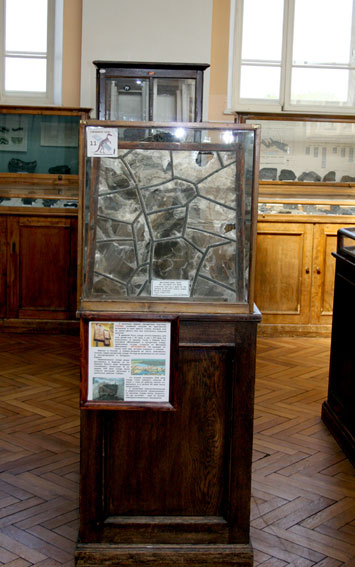Since ancient times, transparent plates of MICA (cohesive fragments of its crystals) have been inserted into windows instead of glass, which was not yet made, or it turned out to be too expensive.
In ancient Rus', mica was used for these purposes since the XV century, and since the XVI century it was exported abroad. Then in Europe Rus' was called “Muscovy”, and the transparent mica brought from there, “glass from Muscovy”, MUSKOVITE. So, the mineral got its name, which it has retained to this day. It was in Russia, in its northwestern part, that the best, most transparent mica was mined. From here it was transported to all parts of the country and exported to Western Europe.
Initially, mica was developed in Karelia on the coast of the White Sea by the monks of the Solovetsky Monastery. In the middle of the XVII century, mica was discovered by local residents in various regions of Siberia.
From the second half of the XVIII century, mica began to be replaced by glass. In this regard, its production was greatly reduced and almost ceased at the beginning of the XX century.
With the development of the electrical and radio engineering industries, the importance of mica has increased again, since muscovite is one of the best electrical insulating materials.

Mica window from a XVII century chapel